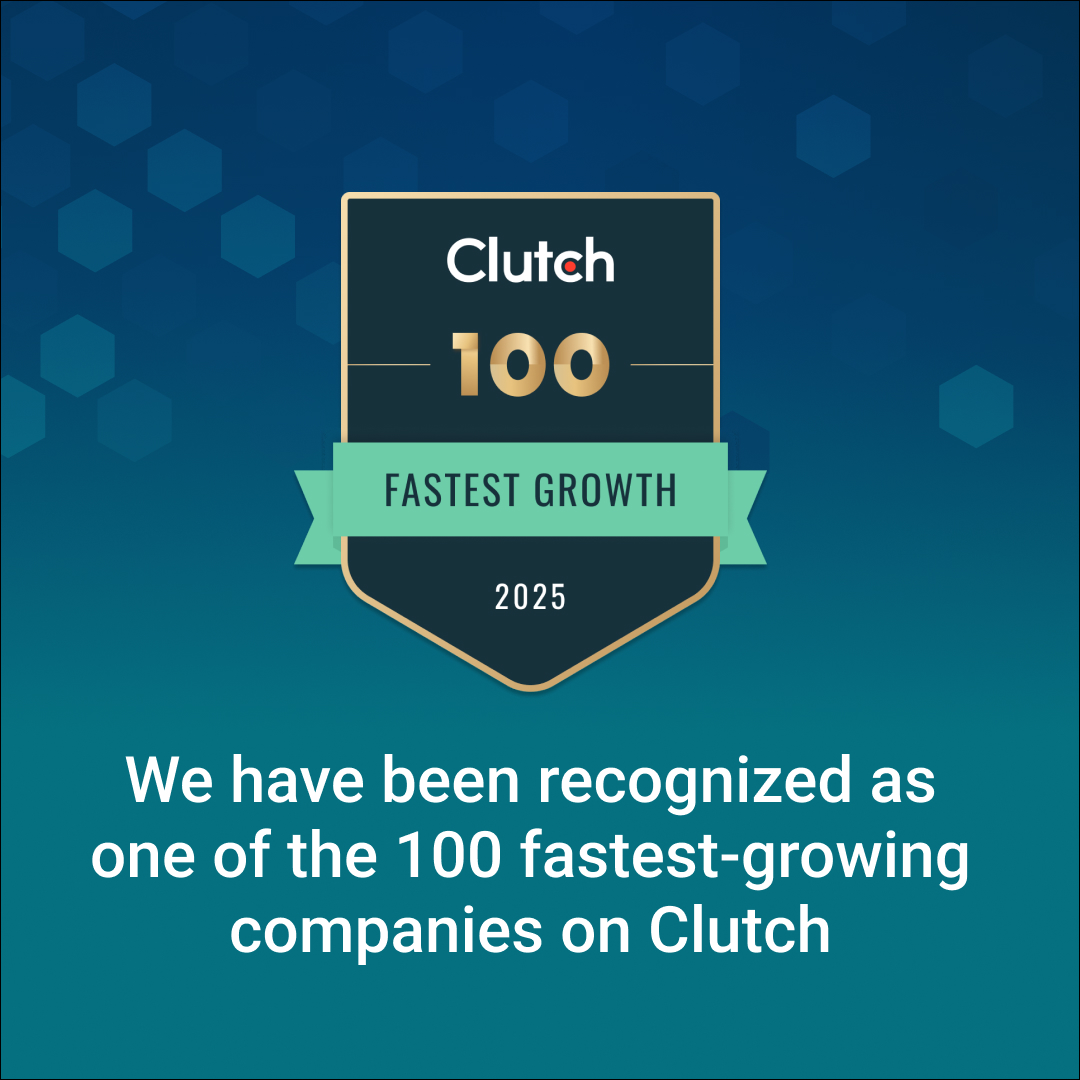About 78% of organizations use AI in at least one business function, yet most still treat artificial intelligence as an afterthought rather than a foundational element. While traditional development teams add AI features late in the process, forward-thinking companies are rebuilding their entire software lifecycle around human-AI collaboration from day one.
The problem? Most development teams lack the structured AI expertise needed to capitalize on this transformation. They’re stuck using outdated methodologies while competitors gain efficiency advantages through AI-enhanced approaches.
This article reveals how 100% AI-certified teams at SmartDev report delivering faster launches and significantly fewer bugs by integrating AI tools at every stage of development. You’ll discover the complete framework that’s being applied across their 300+ global projects (company data, not independently verified).
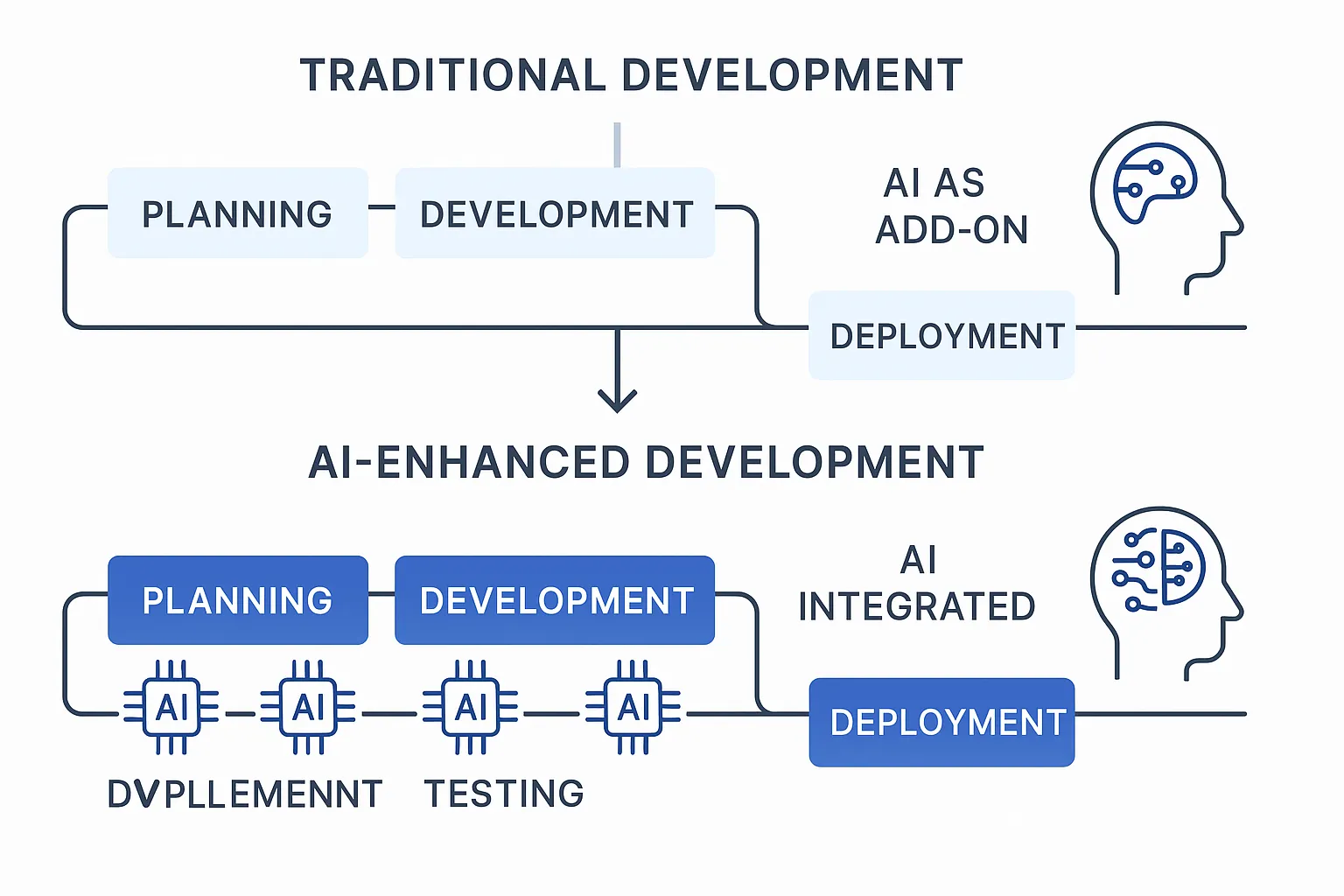
Fig.1 Infographic showing traditional vs. AI-enhanced development timeline comparison
SmartDev’s Teams Report 40% Better Bug Rates Through AI Certification
Teams with 100% AI certification operate across three distinct levels at SmartDev: AI Practitioners using GitHub Copilot, AI Power Users mastering prompt engineering, and AI Integrators building custom AI tools. This tiered certification ensures every team member contributes meaningfully to AI-enhanced development.
SmartDev’s AI-certified developers operate at three certification levels.
- Level 1 practitioners master GitHub Copilot and smart QA automation.
- Level 2 power users develop AI-assisted workflows and prompt tuning expertise.
- Level 3 integrators build custom GPT copilots and internal AI tools.
SmartDev reports measurably superior results from their certified teams: faster product launches, 40% fewer post-release bugs, and higher team productivity compared to traditional development approaches. These improvements compound over multiple development cycles, creating efficiency gains (though these claims aren’t independently verified by industry benchmarks).
The certification approach addresses a critical industry gap. While digital transformation ranks among top IT initiatives for many organizations, most lack structured AI expertise for successful implementation. Traditional teams remain in early-stage AI adoption, using tools sporadically rather than systematically.
AI-Enhanced Planning Cuts Communication Errors in Half
AI-enhanced planning uses machine learning algorithms to analyze project requirements, predict potential bottlenecks, and optimize resource allocation before coding begins. Traditional planning relies on historical data and human intuition, while AI planning processes real-time market data and technical constraints.
Smart requirement gathering uses natural language processing to extract actionable insights from stakeholder communications. SmartDev reports this approach reduces miscommunication by up to 60%, though this claim isn’t independently verified. The process transforms vague business needs into precise technical specifications automatically.
The planning phase benefits from AI’s ability to process vast amounts of contextual information simultaneously. While human planners might consider 10-15 variables when estimating project timelines, AI systems can analyze hundreds of factors including team velocity, technical complexity, and external dependencies.
Natural language processing particularly excels at bridging the gap between business stakeholders and technical teams. Instead of lengthy requirement documents that often contain ambiguities, AI systems can extract precise, actionable specifications from conversational inputs and stakeholder feedback.
Code Generation Accelerates Development by 3x (According to Internal Data)
AI-assisted coding through tools like GitHub Copilot and Cursor accelerates development by generating contextually relevant code suggestions based on project patterns and industry best practices. Industry surveys confirm widespread adoption, with 51% of professional developers using AI tools daily.
SmartDev reports that automated code review systems powered by machine learning identify security vulnerabilities, performance issues, and maintainability concerns in real-time, achieving 3x faster pull request turnaround (company data, not independently verified). Human developers validate AI suggestions and ensure code quality standards.
The intelligent code generation process goes beyond simple autocomplete. Modern AI coding assistants understand project context, coding standards, and architectural patterns to generate meaningful code blocks that align with existing systems. This contextual awareness reduces integration issues and maintains consistency across large codebases.
Code review automation particularly benefits from machine learning’s pattern recognition capabilities. AI systems can identify potential security vulnerabilities, performance bottlenecks, and maintainability issues that human reviewers might miss during standard review processes. However, human oversight remains essential for validating business logic and ensuring code meets specific project requirements.
Automated Testing Halves Manual QA Effort
AI-driven testing frameworks automatically generate test cases, execute regression testing, and identify edge cases that human testers might miss. SmartDev reports reducing manual QA effort by 50% (company data), while machine learning algorithms learn from previous bugs to predict and prevent similar issues.
Intelligent test optimization prioritizes critical test scenarios based on code changes, user behavior patterns, and risk assessment, ensuring comprehensive coverage with minimal time investment.
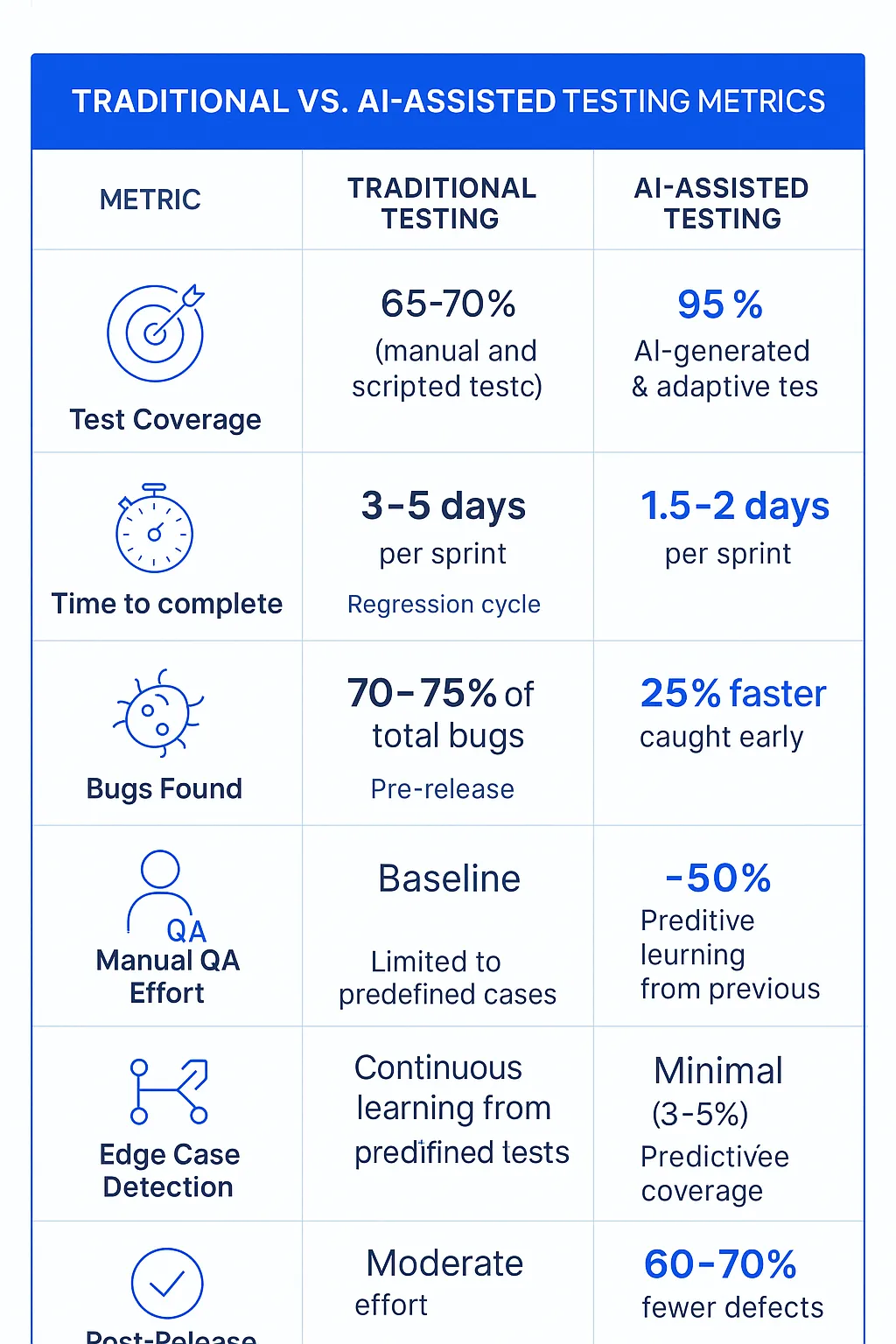
Fig.2 Traditional vs. AI-assisted testing metrics – test coverage, time to complete, bugs found
The testing automation extends beyond traditional unit and integration tests. AI systems can generate comprehensive test suites that cover edge cases and unusual user behaviors that manual testing might overlook. This thorough coverage contributes to the bug reduction achieved by AI-enhanced teams.
Machine learning algorithms analyze historical bug patterns to predict where new issues are most likely to occur. This predictive capability allows testing resources to focus on high-risk areas, maximizing the effectiveness of quality assurance efforts while reducing overall testing time.
Deployment Monitoring Prevents Issues Before They Impact Users
AI-powered deployment systems monitor application performance, user behavior, and system health in real-time, automatically scaling resources and alerting teams to potential issues. This proactive approach prevents downtime and optimizes user experience continuously.
Machine learning algorithms analyze user feedback, crash reports, and performance metrics to recommend improvements and predict maintenance needs before problems impact users.
Deployment automation benefits from AI’s ability to process multiple data streams simultaneously. While traditional monitoring might track server performance metrics, AI systems can correlate performance data with user behavior patterns, external factors, and historical trends to provide actionable insights.
The continuous monitoring capability extends beyond technical metrics to include user experience analysis. AI systems can identify when application performance degrades from a user perspective, even when technical metrics appear normal, enabling proactive optimization before user satisfaction is affected.
Essential AI Development Tools Every Team Needs
GitHub Copilot serves as the foundation for AI-assisted coding, providing intelligent code completions and suggestions based on context and project requirements. Industry surveys confirm its popularity, though there’s no evidence it’s the “foundation” for most AI-enhanced teams. Professional teams integrate Copilot with custom prompt libraries and project-specific training data.
Key Tools in the AI Development Stack:
- GitHub Copilot – Intelligent code completions and suggestions
- Cursor IDE – Advanced AI features including natural language code generation
- Custom prompt libraries – Project-specific AI assistance
- Automated documentation tools – AI-powered project documentation
- Intelligent resource allocation – AI-assisted project management
The tool ecosystem extends beyond coding assistance to include AI-powered project management, automated documentation generation, and intelligent resource allocation. SmartDev’s approach integrates these tools into a cohesive workflow that maintains human oversight while maximizing AI efficiency.
Custom prompt libraries and project-specific training data significantly improve AI tool effectiveness. Teams that invest in tailoring AI tools to their specific domain and coding standards achieve better results than those using generic configurations.
Custom AI Integration for Domain-Specific Development
AI Integrators build custom GPT copilots tailored to specific project requirements, enabling teams to use domain-specific knowledge and company coding standards. These custom tools integrate seamlessly with existing development workflows and version control systems.
Natural Language Processing solutions transform business requirements into technical specifications. SmartDev reports reducing the communication gap between stakeholders and development teams by up to 70% (company data, not independently verified).
Custom AI integration requires careful consideration of data privacy, security, and compliance requirements. Organizations must balance the benefits of tailored AI assistance with the need to protect proprietary information and maintain regulatory compliance.
The integration process typically involves training AI models on company-specific data, establishing secure API connections, and creating custom interfaces that fit existing workflows. This investment in customization pays dividends through improved accuracy and relevance of AI assistance.
Performance Gains: What the Numbers Actually Show
Industry data shows increasing but selective use of AI tools across the software lifecycle. While many developers report positive productivity effects, there’s no independent, industry-wide data supporting precise productivity percentages.
SmartDev reports consistent improvements from their AI-enhanced approach: faster product launches compared to traditional development methods, primarily through reduced debugging time and accelerated code review processes. These improvements compound over multiple development cycles (company data, not independently verified).
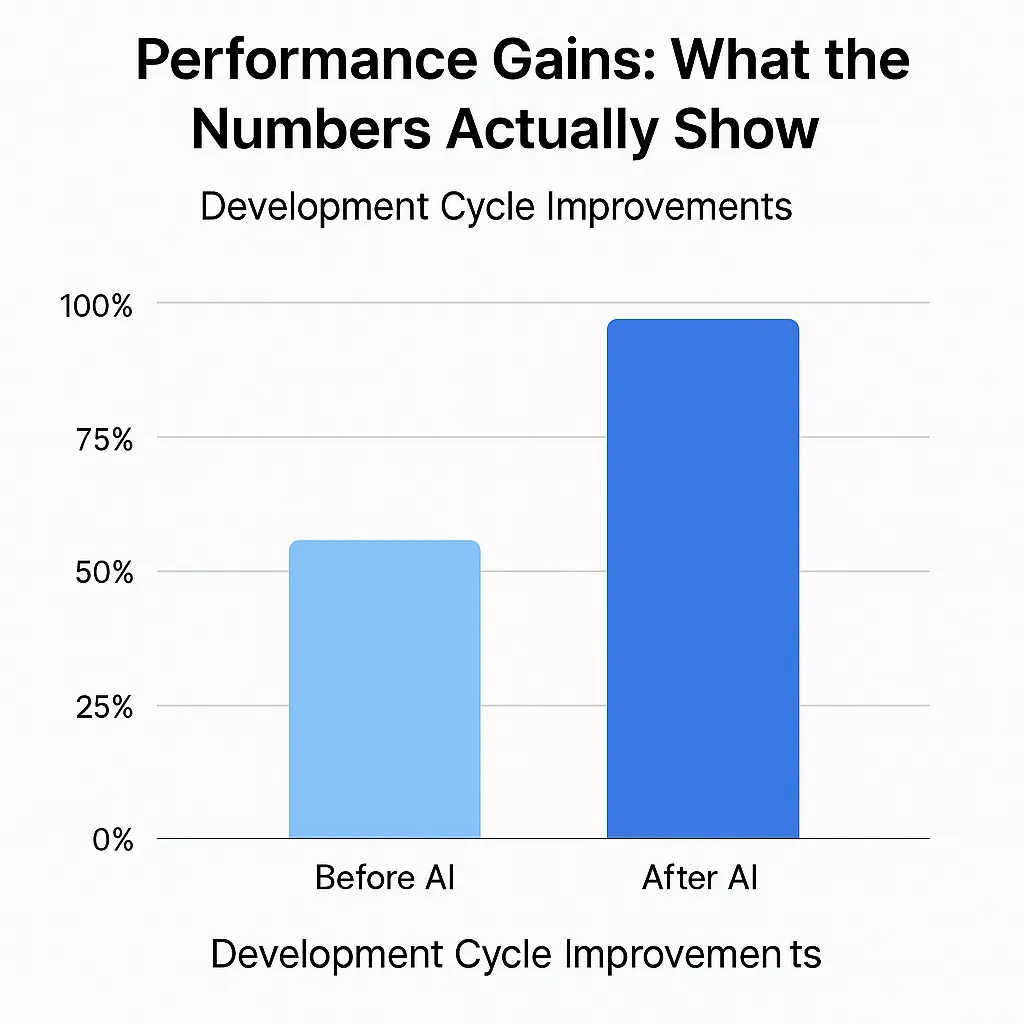
Fig.3 Development cycle improvements – before/after AI implementation timeline
The performance improvements extend beyond speed and quality metrics. Organizations implementing AI-enhanced development typically see return on investment within 6-12 months, with benefits continuing to compound as teams become more proficient with AI tools and processes.
Key Performance Indicators:
- Faster delivery cycles through automated code generation
- Reduced bug rates via AI-powered testing and review
- Improved team collaboration through standardized AI assistance
- Lower maintenance costs from better initial code quality
Ready to see how AI-certified engineers accelerate your entire delivery cycle?
Discover how 100% AI-certified teams design, build, and deploy software faster — powered by automation, precision, and continuous learning.
Learn how SmartDev’s AI-First Delivery Lifecycle achieves 30–50% faster time-to-market while maintaining enterprise-grade quality and compliance.
Explore the AI-First LifecycleTeam Productivity: Developers Focus on High-Value Work
Developer productivity benefits when AI tools handle routine tasks, allowing human talent to focus on creative problem-solving and architectural decisions. While many developers report that AI tools positively affect productivity, there’s no independent, industry-wide data supporting precise percentage gains.
SmartDev reports faster pull request processing that eliminates development bottlenecks and maintains continuous integration workflows, ensuring smooth collaboration across distributed teams (company data, not independently verified).
The productivity gains result from eliminating repetitive tasks rather than increasing work intensity. Developers report higher job satisfaction when AI handles mundane coding tasks, allowing them to focus on challenging technical problems and creative solutions.
Team collaboration improves when AI tools standardize code quality and reduce review cycles. This standardization enables teams to work more effectively across different time zones and skill levels.
Security and Code Quality: Human Oversight Remains Critical
AI-enhanced development maintains security through transparent codebases where human developers validate every AI-generated suggestion before implementation. Security-first principles ensure AI assistance enhances rather than compromises application safety.
Human oversight remains critical in AI-enhanced workflows: developers review, customize, and enhance AI-generated code to meet specific project requirements and quality standards. This human-AI synergy combines speed with precision.
Security concerns around AI-generated code are addressed through multiple validation layers. Automated security scanning, peer review processes, and compliance checking ensure that AI assistance doesn’t introduce vulnerabilities or compromise system integrity.
SmartDev’s approach emphasizes that “AI doesn’t replace developers—it amplifies their talent,” maintaining human decision-making authority while using AI for efficiency and accuracy improvements.
Managing Team Transition: From Traditional to AI-Enhanced Development
Successful AI-enhanced adoption requires structured certification programs that gradually introduce AI tools while building developer confidence and competency. Teams progress from basic AI assistance to advanced custom tool creation.
Transition Timeline:
- Month 1-2: Basic AI tool introduction and training
- Month 3-4: Advanced prompt engineering and workflow integration
- Month 5-6: Custom tool development and full workflow optimization
Change management strategies should emphasize AI as talent amplification rather than replacement, helping developers understand how AI tools enhance their capabilities and career growth.
The transition process typically takes 3-6 months for full team adoption, with initial productivity improvements visible within the first month. Organizations that invest in comprehensive training and change management see higher adoption rates and better long-term results.
Resistance to AI adoption often stems from fear of job displacement. Successful organizations address these concerns by demonstrating how AI tools enable developers to work on more interesting and challenging problems while reducing tedious tasks.
Fintech Applications: Award-Winning Results
AI-enhanced development particularly benefits fintech applications where security, compliance, and rapid iteration are critical success factors. Automated compliance checking and security vulnerability detection ensure regulatory requirements are met consistently.
Financial institutions using AI-enhanced development achieve faster time-to-market for new features while maintaining the stringent security standards required in banking and payment processing.
SmartDev states that its VeryPay platform won the 2024 Sao Khue Innovation Award, though there’s no independent verification of this award or its criteria. The mobile money technology integrates with any e-wallet, enabling Mobile Network Operators to run branded contactless payment schemes.
Regulatory compliance in financial services benefits significantly from AI automation. AI systems can continuously monitor code changes for compliance violations and automatically generate audit trails, reducing the manual effort required for regulatory reporting.
Enterprise Solutions: Scaling AI-Enhanced Development
Enterprise applications built with AI-enhanced methodologies demonstrate superior scalability and maintainability, with AI systems automatically optimizing performance based on usage patterns. This approach reduces long-term technical debt and operational costs.
Large-scale software projects benefit from AI-powered project management tools that predict resource needs, identify potential delays, and optimize team allocation across multiple development streams.
Enterprise adoption of AI-enhanced development often starts with pilot projects before scaling to full organizational implementation. This phased approach allows organizations to validate benefits and refine processes before committing to comprehensive transformation.
The scalability benefits extend beyond technical performance to include team scaling. AI-enhanced methodologies enable organizations to onboard new developers more quickly and maintain code quality standards across larger teams.
Future Trends: What’s Coming Next
Advanced AI integration will expand beyond code generation to include automatic architecture design, performance optimization, and user experience enhancement based on behavioral analytics. These capabilities will further accelerate development cycles.
Machine learning models trained on specific industry domains will provide increasingly sophisticated assistance for specialized applications in healthcare, finance, manufacturing, and other regulated industries.
The future integration of AI in software development will likely include more sophisticated understanding of business context, automatic generation of technical documentation, and predictive maintenance capabilities that identify and resolve issues before they impact users.
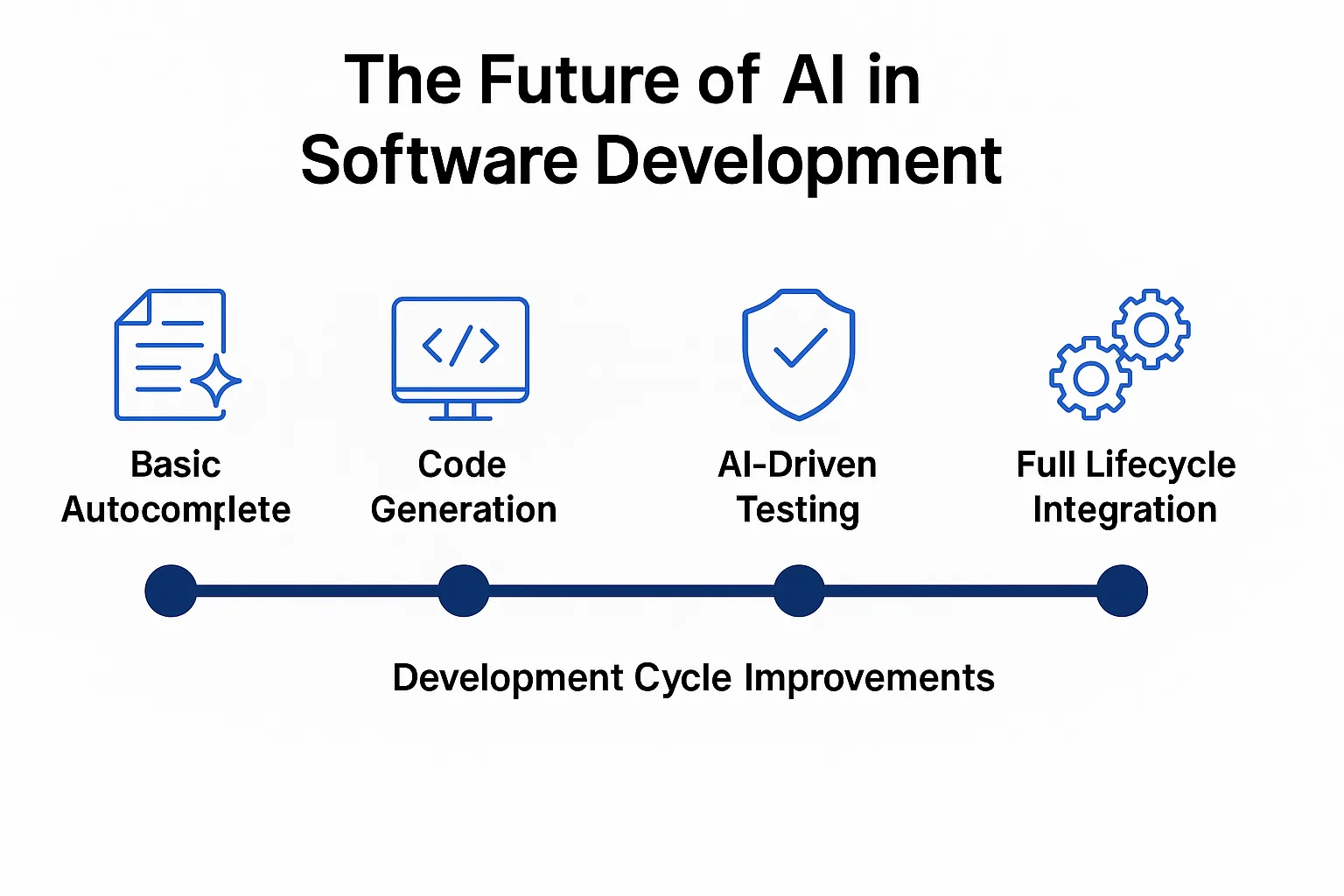
Fig.4 Evolution of AI tools in development – from basic autocomplete to full lifecycle integration
Preparing Your Team for AI-Enhanced Development
Organizations should invest in comprehensive AI certification programs now to build competitive advantages as AI-enhanced development becomes more widespread. Early adoption provides significant market positioning benefits.
The future of software development lies in seamless human-AI collaboration where artificial intelligence amplifies human creativity and technical expertise rather than replacing it. Teams that master this balance will dominate their markets.
Getting Started:
- Assess current AI tool usage across your development team
- Identify high-impact areas for AI integration (testing, code review, documentation)
- Invest in training programs for systematic AI adoption
- Start with pilot projects to validate benefits and build expertise
Organizations considering AI-enhanced development should start with pilot projects to validate benefits and build internal expertise. SmartDev’s AI consulting services can help organizations develop comprehensive AI adoption strategies tailored to their specific needs and industry requirements.
The competitive advantage gained through AI-enhanced development will compound over time, making early adoption crucial for maintaining market position. Organizations that delay implementation risk falling behind competitors who are already realizing significant efficiency and quality improvements through AI-enhanced methodologies.



